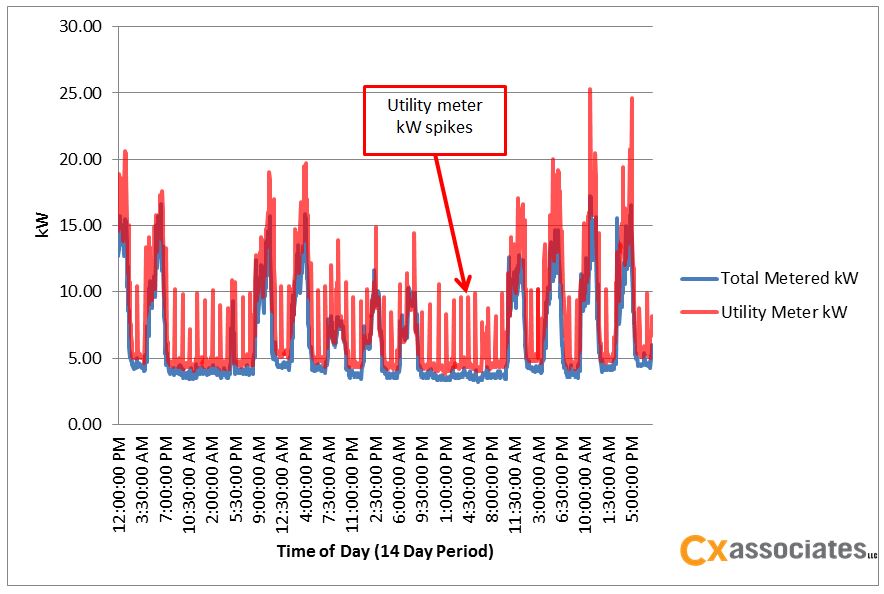Over the past six months, I have been taking on a new role at Cx Associates as an owner’s Project Manager for a large organization in Burlington, VT. This has given me the opportunity to be part of a construction team - not as part of the commissioning firm, but rather by working for the owner in overseeing the project in its entirety. One of my current active projects is an HVAC mechanical upgrade in an office building known for occupant comfort issues. In this post, I will describe one of the difficulties we needed to overcome with this particular project, as well as a helpful tool that has been very useful for me as a Project Manager.

The HVAC mechanical upgrade mainly consists of new fan coil units and associated controls as well as new controls and variable frequency drives (VFDs) for the energy recovery units (ERVs). The building previously used window AC units for cooling and steam radiators for heating. The steam radiators will continue to be the primary source of heating with better controls with the fan coil units providing supplemental heat if setpoint can’t be maintained. Depending on the season, each section of the building has different temperature issues, whether it’s too warm or too cold. This upgrade was designed to provide more control over the space temperature to minimize these comfort issues.
Phasing Plan
One difficulty with this project is the large quantity of occupants actively working in the building. Emptying out the entire building for this construction project was not an option. Therefore, it was necessary to create a construction phasing plan. With the team’s assistance (mainly the general contractor and mechanical contractor who have the majority of the scope of work), we were able to break up sections of the building that wouldn’t take too long to complete in order to minimize disruption to the occupants. This timeline had to be realistic to prevent pushing the schedule. As each phase occurs, we are moving the associated occupants (and furniture) out of the space to temporary offices during construction. The project is fast paced; therefore planning all aspects that need to occur during each phase is critical to the project’s success. There will be minimal opportunity to go back into a space once the work has been completed.
A Helpful Tool
One aspect of being a Project Manager is keeping track of tasks and remembering to follow-up. To do this, I have been using an app called “todoist,” which links to my Outlook account (there are many other productivity tool options as well). I was looking for a tool that would allow me to list tasks on certain days and have the ability to connect that task with an e-mail. It’s helpful for following up on e-mails that are sent out, which can sometimes get lost in someone else’s inbox.
Although I will always approach my responsibilities from an engineering perspective, I am enjoying this new role as a Project Manager - in particular with this organization where creative problem solving is possible. Unexpected things will always come up, but with a collaborative team spirit, the job is successful and positive for all involved parties.



